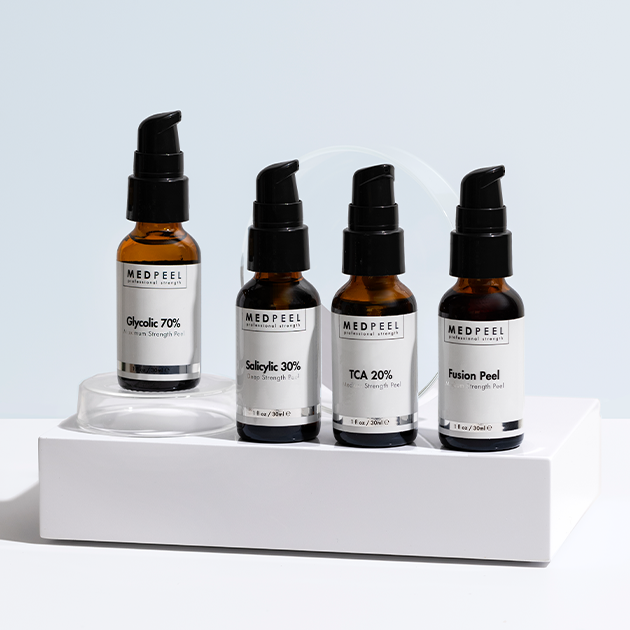The skin is composed of several layers, and chemical peels are designed to exfoliate or remove some of these layers to address specific skin concerns.
The epidermis (outermost layer) is the top layer of the skin, and it's where many common skin issues like acne, fine lines, and uneven pigmentation are located. Superficial chemical peels, such as those using alpha hydroxy acids (AHAs) or beta hydroxy acids (BHAs), primarily target the epidermis. They work by removing the outermost layer of dead skin cells, which can improve skin texture and color, reduce the appearance of fine lines, and address mild acne.
The dermis (middle layer) contains collagen and elastin fibers, which provide the skin with strength, structure, and elasticity. Medium-depth chemical peels, using stronger acids like trichloroacetic acid (TCA), can penetrate into the dermis. These peels can effectively treat more moderate skin concerns, including deeper wrinkles, acne scars, and more significant hyperpigmentation. Chemical peels are generally not designed to reach the subcutaneous tissue, which is the deepest layer of the skin. This layer contains fat cells and blood vessels and is well below the reach of chemical peel solutions.



